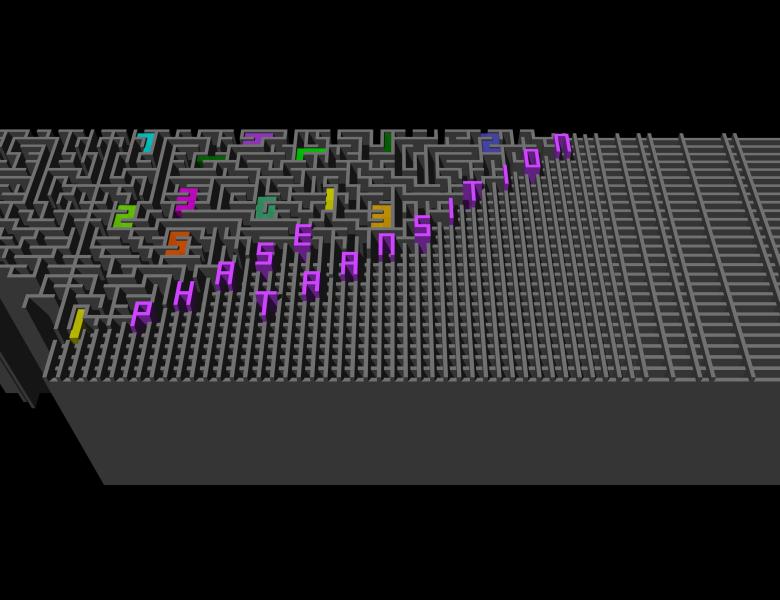
Abstract
The theory of holographic algorithms introduced by Valiant represents a novel approach to achieving polynomial-time algorithms for seemingly intractable counting problems via a reduction to counting planar perfect matchings and a linear change of basis. Two fundamental parameters in holographic algorithms are the domain size and the basis size. Roughly, the domain size is the range of colors involved in the counting problem at hand (e.g. counting graph k-colorings is a problem over domain size k), while the basis size \ell captures the dimensionality of the representation of those colors. A major open problem has been: for a given k, what is the smallest \ell for which any holographic algorithm for a problem over domain size k ``collapses to'' (can be simulated by) a holographic algorithm with basis size \ell? Cai and Lu showed in 2008 that over domain size 2, basis size 1 suffices, opening the door to an extensive line of work on the structural theory of holographic algorithms over the Boolean domain. Cai and Fu later showed for signatures of full rank that over domain sizes 3 and 4, basis sizes 1 and 2, respectively, suffice, and they conjectured that over domain size k there is a collapse to basis size \lfloor\log_2 k\rfloor. In this talk, we give an algebraic proof resolving this conjecture in the affirmative for signatures of full rank for all k.


